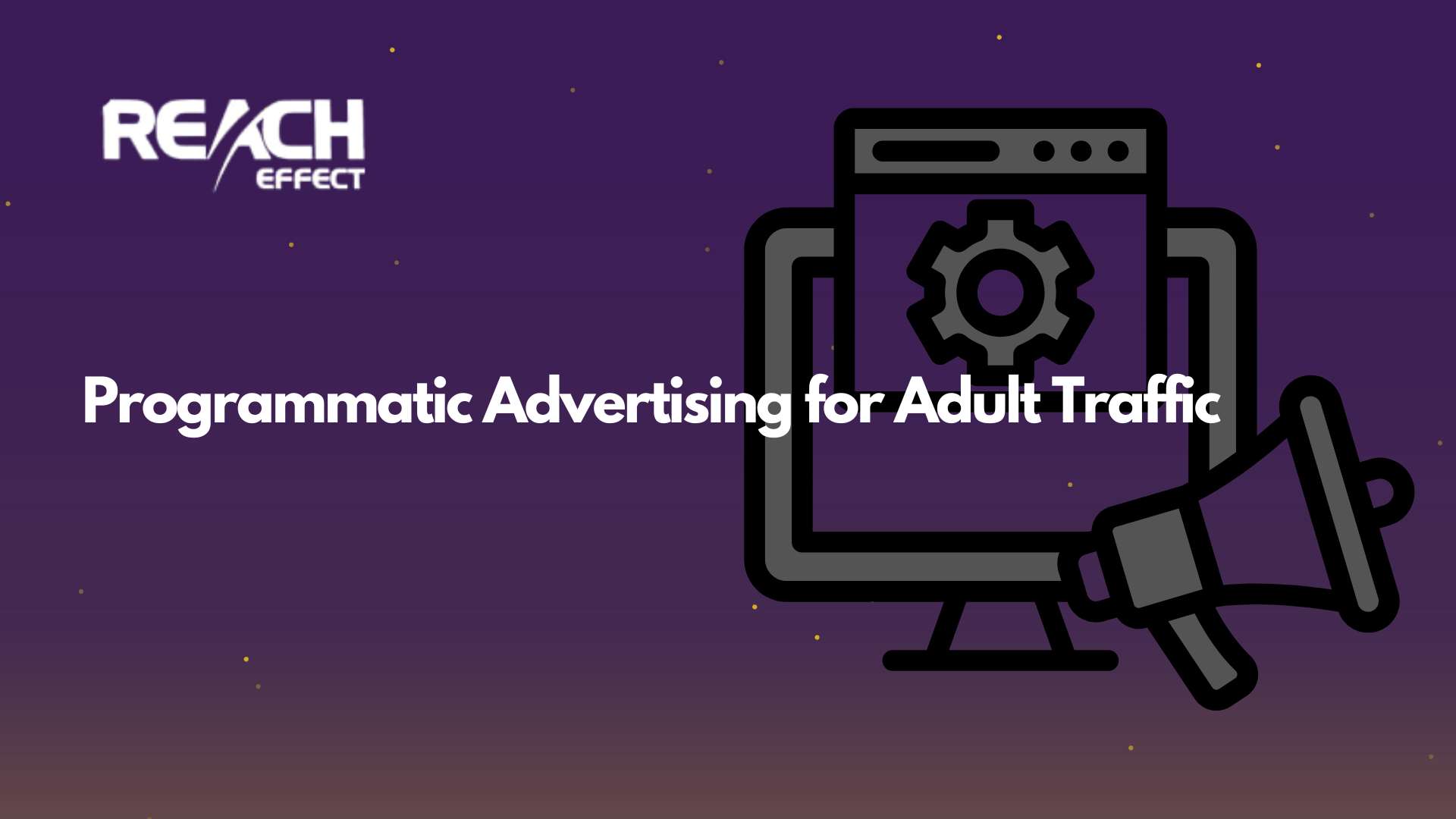Feedback forms are a fantastic way to collect insights from customers, employees, or anyone using your services. They help you understand what’s working, what needs improvement, and how people feel about their experiences. However, designing a form that people will actually fill out isn’t always easy. A simple feedback form design can make a huge difference in getting thoughtful, useful responses.
Thank you for reading this post, don't forget to subscribe!In this article, we’ll walk through practical tips to create feedback forms that are straightforward, engaging, and effective. By the end, you’ll have a clear plan to boost your response rates and gather better feedback.
Why Simple Feedback Form Design Matters
Before diving into the tips, let’s talk about why simplicity is so important. People are busy. Whether they’re shopping online, attending an event, or using a product, they don’t want to spend extra time on a complicated form. A simple feedback form design respects their time and makes it easy for them to share their thoughts. When the process feels effortless, you’re more likely to get honest answers and higher completion rates. Plus, a well-designed form shows you value their input, which can build trust and goodwill.
Keep Your Form Short and Focused
One of the golden rules of simple feedback form design is to keep it short. Long forms with endless questions can feel overwhelming. Studies show that shorter forms get completed more often because they don’t demand too much effort. So, how do you make sure your form isn’t too long? Start by figuring out what you really need to know. Ask yourself which questions will give you the most useful insights. If something isn’t critical, leave it out.
For example, if you’re running a small business and want feedback on a product, you might ask about satisfaction and one specific feature. That’s enough to get valuable input without dragging things out. You can also use smart tricks like conditional logic. This means showing extra questions only if they make sense. If someone says they didn’t like a service, you can ask why. Otherwise, the form stays short and simple for everyone else.
Write Clear and Easy Questions
The questions you ask need to be crystal clear. If people don’t understand what you’re asking, they might skip the form or give vague answers. A simple feedback form design uses plain language that anyone can follow. Avoid fancy words or industry jargon that might confuse your audience. Instead, write questions as if you’re chatting with a friend.
For instance, don’t ask, “How would you evaluate the functionality of our platform?” That sounds stiff and complicated. Try something like, “How easy was it to use our platform?” It’s direct and simple. Also, be specific when it matters. If you want feedback on a certain part of the experience, say so. “What did you think of our customer support team?” beats “How was everything?” every time. Clear questions lead to better responses.
Mix Up the Question Types
Using different kinds of questions can make your form more interesting and useful. A simple feedback form design doesn’t mean sticking to one format. Multiple-choice questions are quick to answer and great for collecting data you can measure. Rating scales, like stars or numbers, let people share how they feel in a snap. Open-ended questions give them space to explain their thoughts in their own words.
The trick is balance. Too many open-ended questions can feel like hard work, while too many multiple-choice ones might limit what people say. A good approach could be starting with a rating question, like “How would you rate your experience?” Then add a multiple-choice question, such as “What did you like most?” Finish with an open-ended option, like “Anything else you’d like to share?” This mix keeps the form lively and gives you a range of insights.
Make It Look Good
How your form looks can affect whether people fill it out. A messy or old-fashioned design can push people away before they even start. A simple feedback form design should be clean and inviting. Use a layout with plenty of space between questions so it doesn’t feel cramped. Pick a font that’s easy to read and buttons that are simple to click.
If you can, tie the design to your brand. Matching colors or a logo can make the form feel familiar and professional. For longer forms, consider adding a progress bar. It shows people how much is left, which can motivate them to keep going. A nice-looking form signals that you’ve put effort into it, and that can encourage them to put effort into their answers.
Design for Mobile Users
More and more people use phones or tablets to browse the web, so your form needs to work on small screens. A simple feedback form design must be mobile-friendly. That means it adjusts automatically to fit different devices. Text should be readable without zooming, and buttons should be big enough to tap without trouble.
Test your form on a phone or tablet before sharing it widely. Scroll through it yourself and see if anything feels off. If it’s hard to use on mobile, you could lose a lot of responses. Making it easy for everyone, no matter their device, shows you care about their experience.
Try It Out First
Before sending your form to the world, test it with a few people. This could be coworkers, friends, or a small group of your audience. Ask them what they think about the form. Is it clear? Does it take too long? Are there any hiccups? Their feedback can help you spot problems you might not notice on your own.
You can try A/B testing as well.
Testing is a key part of simple feedback form design because it lets you fix issues early. Maybe a question needs rewording, or the form works poorly on certain devices. Make changes based on what you hear. Think of it as a practice run to get everything just right.
Say Thank You
After someone submits your form, don’t let them leave without a thank you. A quick message or page saying “Thanks for your feedback!” goes a long way. It shows you appreciate their time and effort. You can also add a little info about what happens next, like “We’ll use your input to make things better” or “We’ll get back to you soon if needed.”
This small step wraps up the experience nicely. It leaves people feeling good about helping out and might even make them more likely to respond again in the future.
Wrapping It Up
Designing a feedback form doesn’t need to be a big challenge. With a simple feedback form design, you can make it easy for people to share their thoughts and get the insights you need. Keep it short, use clear questions, mix up the types, make it look sharp, ensure it works on mobile, test it out, and always say thank you. These steps can transform your form into something people actually want to complete.









